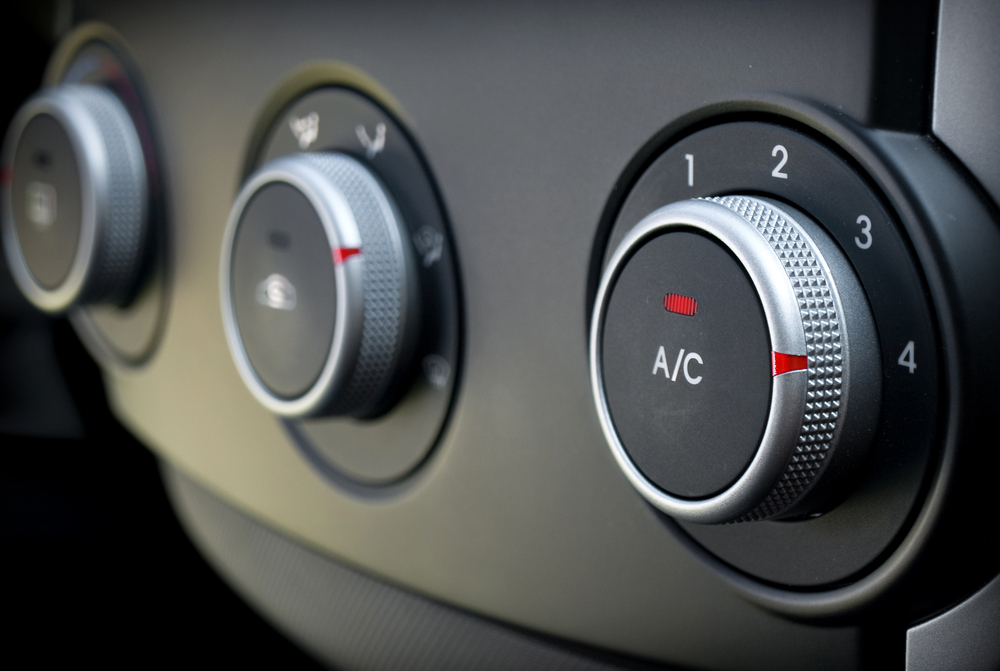Air-conditioned cars are must in present time in urban areas due to the drastic change in the climate. Air conditioning unit is a necessary factor to have a pleasant ride. The working of an AC is a multi-step process. The mechanism uses pure thermodynamics. The Cliff’s note form is basically about the changes in weight causing temperature variations. When the A/C is turned on, the compressor packs the framework’s refrigerant (Freon) by raising its temperature. It loses the warm as it moves through the condenser segment. The refrigerant medium goes through the recipient/dryer where contaminants and dampness are evacuated, and after that onto the extension valve/gatherer where the refrigerant is backed off further, making it lose weight and temperature before it gets to the evaporator. The evaporator resembles a smaller than normal radiator (not to be mistaken for the warmer center — they are two separate things) inside the dashboard of your ride and that gets icy as it additionally brings down the refrigerant temperature expelling dampness from the air. The ventilation framework’s blower engine blows air over the frosty evaporator and pushes cool air into the traveler compartment.

Components of an AC System
Compressor – This is the part that is situated in the front of the vehicle and is in charge of putting the refrigerant underweight. It attempts to pack the gas to a state of around 250 psi, and surge in the temperature.
Condenser – This is a radiator-like part that the gas travels through once it has been warmed up. Inside the condenser, the gas is changed over to a fluid state as the warmth is expelled from it.
Evaporator – This is the part that is in charge of maneuvering the refrigerant into the vacuum, where the gas at that point winds up icy.
Recharging the AC System
The car air conditioning system needs to recharge only when there is no coldness at all. On the off, chances of seeing the A/C isn’t achieving those refreshingly cool temperatures make sure to get the framework examined. In this circumstance, a lot of autos will be low on Freon. The A/C is a fixed framework, low Freon is a most important sign that indicates something wrong. It could be a little release that requires consideration or may be a part of the A/C is coming up short – get hold of it and check an A/C Performance and get to the base of the issue to resolve. By doing this the AC will be able to work efficiently.
Cause of AC System Leakage.
The main reason for AC system, leakage is age and exposure to moisture. Elastic seals and hoses in the systems can be unable to find their versatility after some time and breakdown enables Freon to escape and dampness to enter your vehicle’s A/C framework. Humidity can be the most harmful thing for the AC. In case of humidity, it will damage your gatherer, recipient or drier. The gatherer, recipient or drier are the devices that help in removing the humidity from the AC. If the AC is open to the elements like humidity very frequently, it will lead to damage of the AC in the future.
Checking Leakage in AC
There is no CSI unit to recognize the leakage in AC framework. But it can be examined by detecting the leakage manually. Sniffers can also be used for finding the leakage. If there’s a release, the sniffers will sniff it out.
If you have any questions or would like to share your tips and experiences with how to car air conditioning work, then comment down below. I would love to hear what you have to think.
















